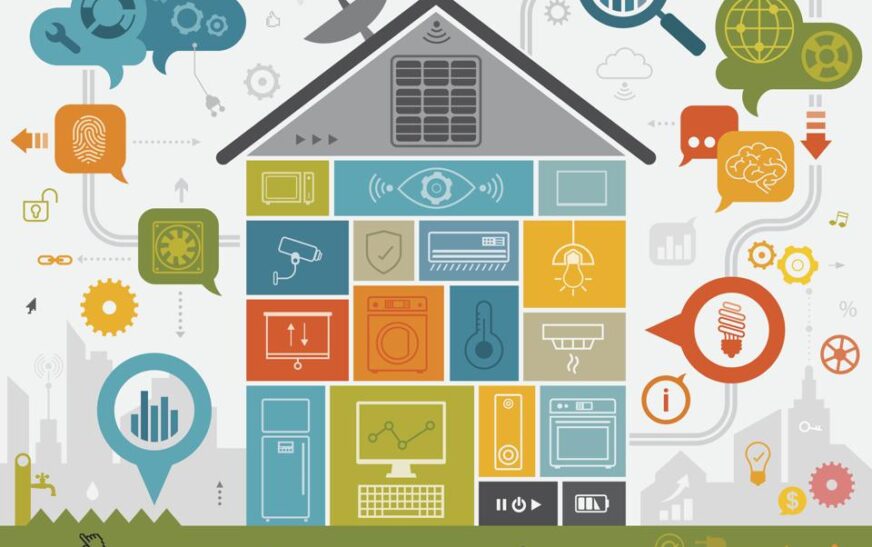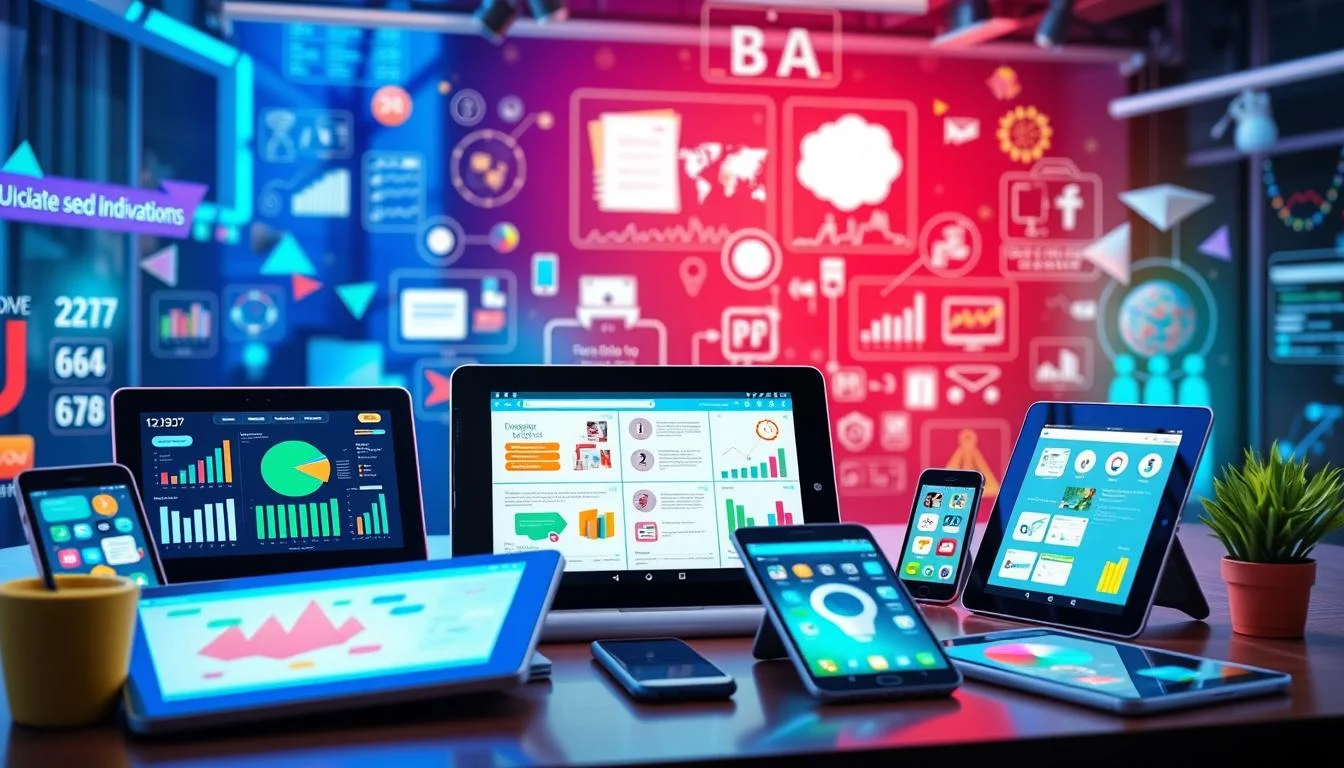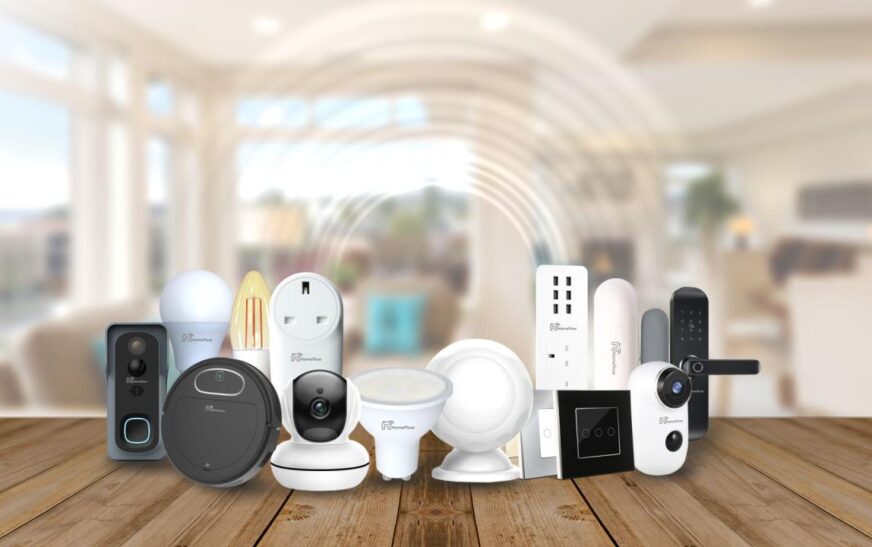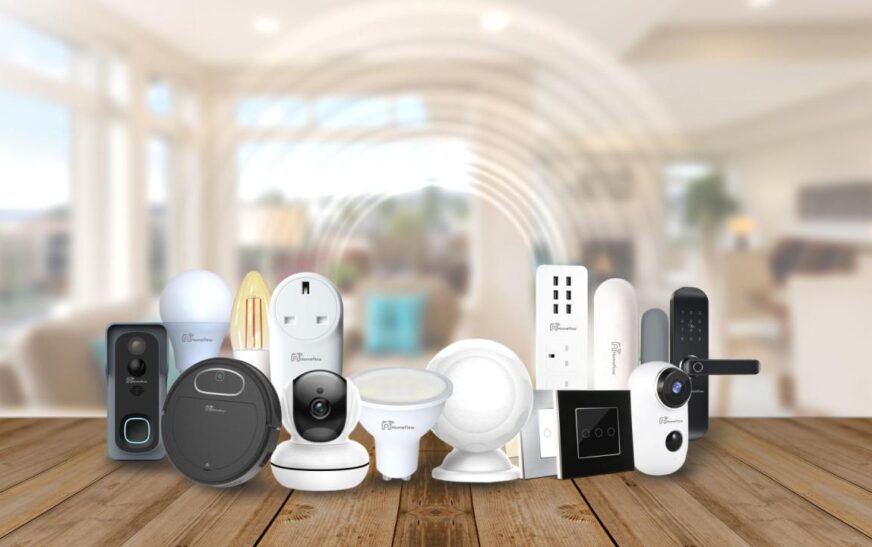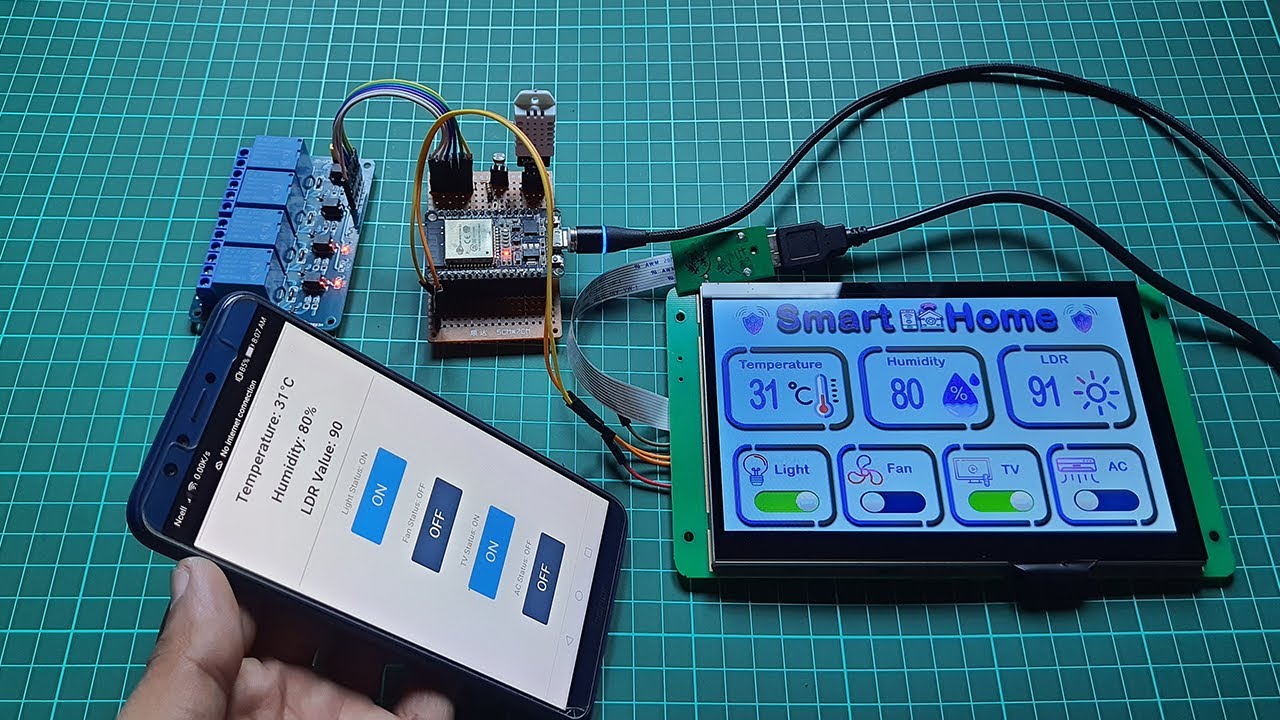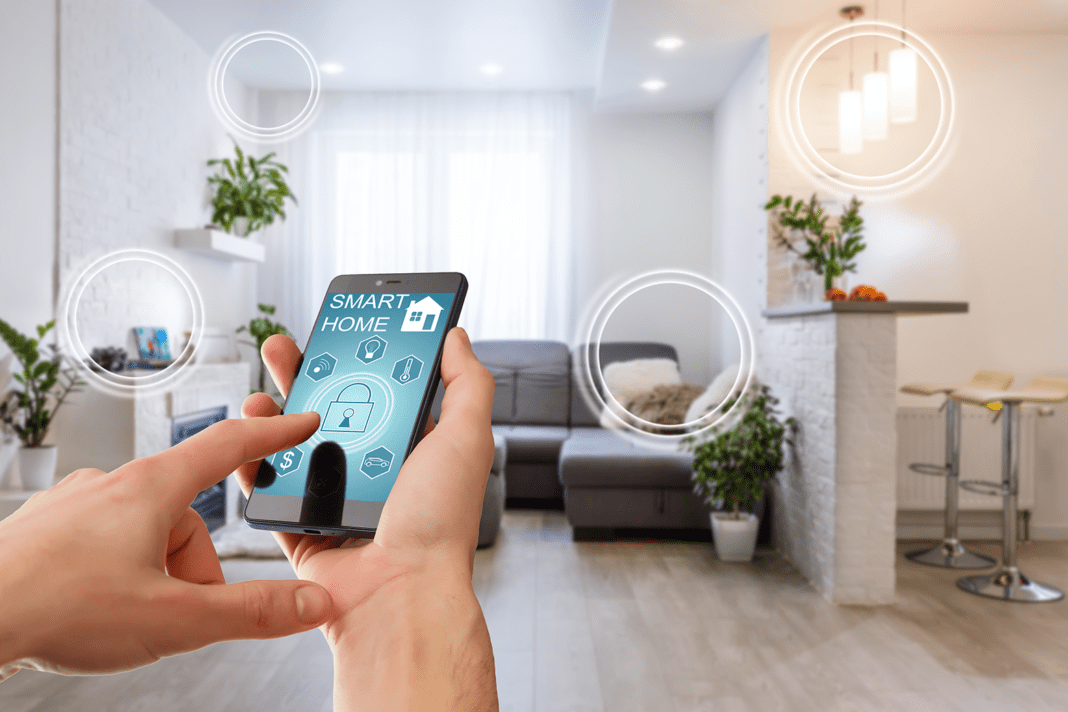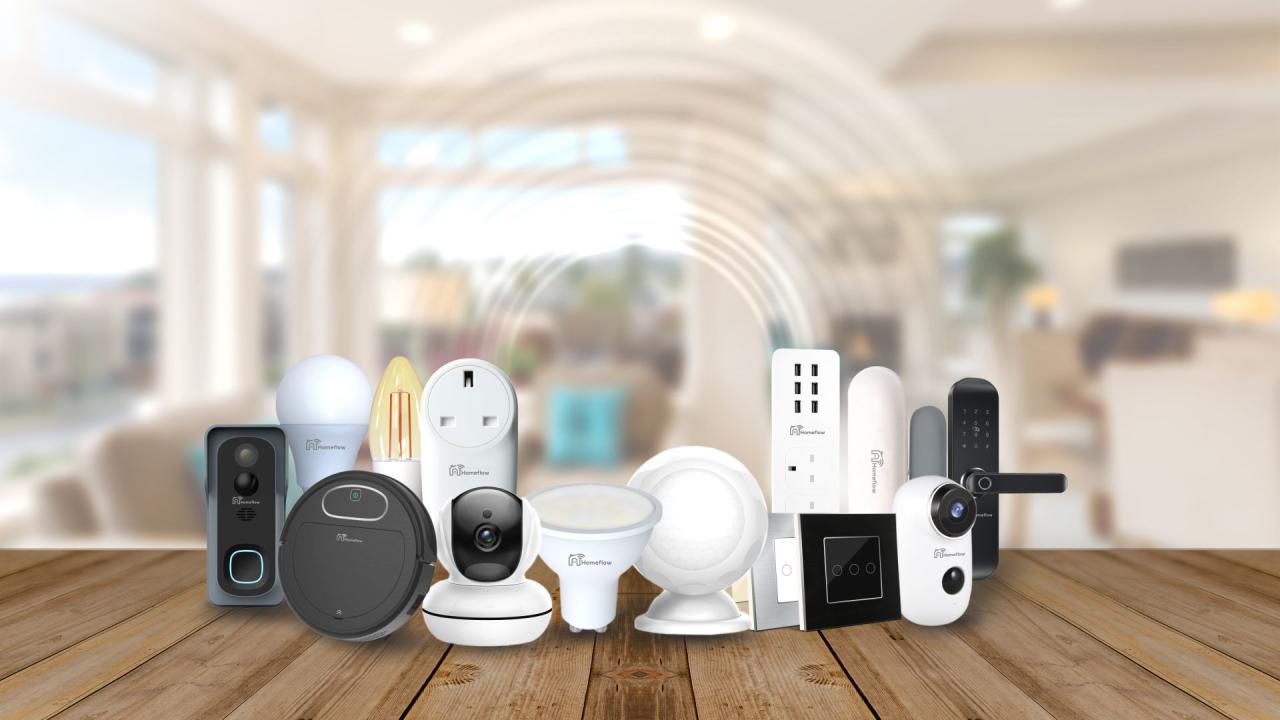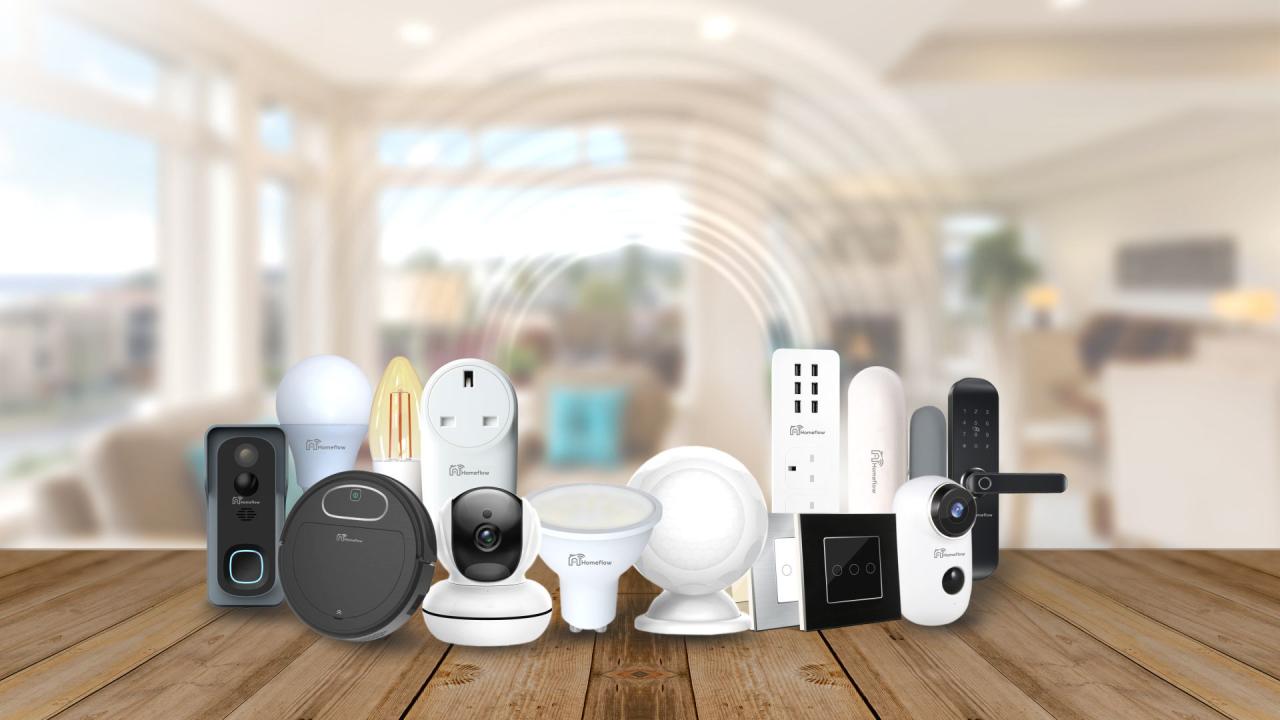Delving into How to Create a Smart Home for Sustainability, this guide will empower you to make eco-friendly choices that benefit the planet and your wallet.
From energy-efficient appliances to smart lighting systems, you’ll discover innovative ways to reduce your carbon footprint and live sustainably.
Introduction to Smart Homes for Sustainability
In the context of sustainability, a smart home refers to a residence equipped with smart technologies that enhance energy efficiency, reduce waste, and promote environmental consciousness.
Creating a smart home for sustainability is crucial in today’s world to address environmental challenges, reduce carbon footprint, and contribute to a greener future for generations to come.
Importance of Creating a Smart Home for Sustainability, How to Create a Smart Home for Sustainability
Integrating smart technologies in a home plays a vital role in reducing energy consumption, water usage, and overall environmental impact. By optimizing resources and adopting sustainable practices, smart homes contribute to a more eco-friendly lifestyle.
Benefits of Integrating Smart Technologies for Sustainability
- Energy Efficiency: Smart home devices such as programmable thermostats, LED lighting, and energy monitoring systems help lower energy consumption and utility costs.
- Water Conservation: Smart irrigation systems, leak detection sensors, and low-flow fixtures enable efficient water usage and reduce water wastage.
- Waste Reduction: Smart appliances with eco-friendly features, recycling management systems, and composting solutions aid in minimizing waste production and promoting recycling practices.
- Carbon Footprint Reduction: By automating energy usage, optimizing heating and cooling, and promoting sustainable habits, smart homes contribute to reducing greenhouse gas emissions and combating climate change.
Energy-Efficient Appliances and Devices
In a smart home for sustainability, using energy-efficient appliances and devices is crucial to reducing energy consumption and promoting a greener lifestyle.
Examples of Energy-Efficient Appliances and Devices
Energy-efficient appliances and devices include:
- LED light bulbs
- Energy Star-rated refrigerators, washing machines, and dishwashers
- Smart thermostats
- Solar panels
- Programmable smart plugs
How They Contribute to Reducing Energy Consumption
Energy-efficient appliances and devices are designed to operate using less energy while maintaining optimal performance. For example, LED light bulbs consume less electricity compared to traditional incandescent bulbs, resulting in lower energy usage for lighting your home. Smart thermostats can adjust the temperature based on your schedule and preferences, optimizing energy consumption for heating and cooling.
Remember that the key to a successful online presence lies in The Importance of Server Resource Allocation. By properly allocating server resources, you can ensure that your website runs smoothly and efficiently, providing a seamless experience for your visitors.
Cost Savings Associated with Energy-Efficient Appliances and Devices
Although energy-efficient appliances and devices may have a higher upfront cost, they lead to significant cost savings in the long run. By reducing energy consumption, you can lower your utility bills and decrease your overall energy expenses. Additionally, some energy-efficient appliances may qualify for rebates or incentives, further offsetting the initial investment.
Discover clever ways to optimize your time and finances with Smart Lifestyle Hacks for Saving Time and Money. By incorporating smart lifestyle hacks into your daily routine, you can save both time and money, allowing you to focus on what truly matters.
Smart Lighting and Automated Systems: How To Create A Smart Home For Sustainability
Smart lighting and automated systems play a crucial role in creating a sustainable home by optimizing energy usage and enhancing convenience for homeowners.Automated lighting systems are designed to adjust the intensity and color of lights based on the time of day, occupancy, and natural light availability.
By utilizing sensors and timers, these systems can significantly reduce energy consumption and minimize wastage.
Benefits of Smart Lighting Systems
- Energy Efficiency: Smart lighting systems can automatically turn off lights in unoccupied rooms, reducing electricity usage.
- Customization: Users can create personalized lighting schedules and settings to match their preferences and needs.
- Enhanced Security: Automated lighting can simulate occupancy when homeowners are away, enhancing home security.
Automated Systems for Energy Optimization
- Smart Thermostats: These devices can adjust temperature settings based on occupancy and weather conditions, leading to energy savings.
- Solar-Powered Lights: Outdoor lighting systems powered by solar energy are environmentally friendly and cost-effective.
- Lighting Control Apps: Smartphone apps allow users to control and monitor lighting remotely, ensuring lights are not left on unnecessarily.
Monitoring and Controlling Energy Usage
Monitoring and controlling energy usage is crucial in a smart home to promote sustainability and reduce environmental impact. By keeping track of how much energy is being consumed and making adjustments accordingly, homeowners can not only save money on utility bills but also contribute to a greener planet.
The Role of Smart Home Technology
Smart home technology plays a significant role in helping homeowners monitor and control their energy usage effectively. Smart devices such as energy monitors, smart thermostats, and smart plugs can provide real-time data on energy consumption, allowing users to identify areas where energy is being wasted and make necessary changes to optimize efficiency.
Embrace the power of technology to upgrade your lifestyle with How to Use Smart Technology for a Healthier Lifestyle. From fitness trackers to smart home devices, there are endless possibilities to help you live a healthier and more balanced life.
- Invest in energy monitoring devices that can track energy usage in different areas of your home, helping you pinpoint energy-intensive appliances or habits.
- Use smart thermostats to regulate heating and cooling systems based on your schedule and preferences, reducing energy waste when you’re away or asleep.
- Utilize smart plugs to remotely control the power supply to devices and appliances, ensuring they are not consuming unnecessary energy when not in use.
Renewable Energy Integration
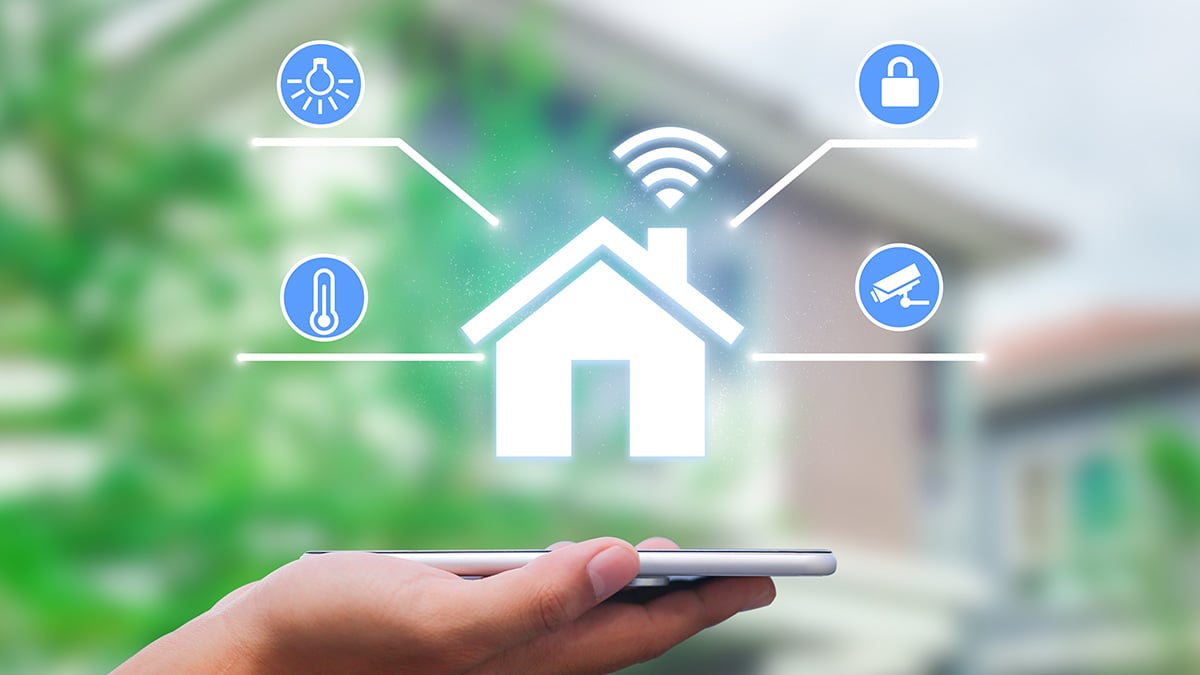
Integrating renewable energy sources into a smart home is a crucial step towards achieving sustainability and reducing carbon footprint. By harnessing clean and renewable energy, homeowners can not only lower their electricity bills but also contribute to a greener environment.
Solar Panels
Solar panels are one of the most popular choices for renewable energy integration in smart homes. These panels convert sunlight into electricity, providing a sustainable power source for the household. By installing solar panels on rooftops or in open areas with ample sunlight, homeowners can generate their electricity and even sell excess power back to the grid.
Wind Turbines
Another option for renewable energy integration is wind turbines. These devices harness the power of wind to generate electricity, offering a clean and efficient energy source. While wind turbines require more space and are suitable for areas with consistent wind patterns, they can be a valuable addition to a smart home seeking energy independence.
Other Renewable Energy Systems
Aside from solar panels and wind turbines, there are other renewable energy systems that can be integrated into a smart home. This includes geothermal heat pumps, hydroelectric systems, and biomass generators. Each of these systems offers unique benefits and can be tailored to match the energy needs and location of the property.
By adopting smart technologies and renewable energy sources, you can transform your home into an environmentally friendly oasis. Embrace the future of sustainable living today!

